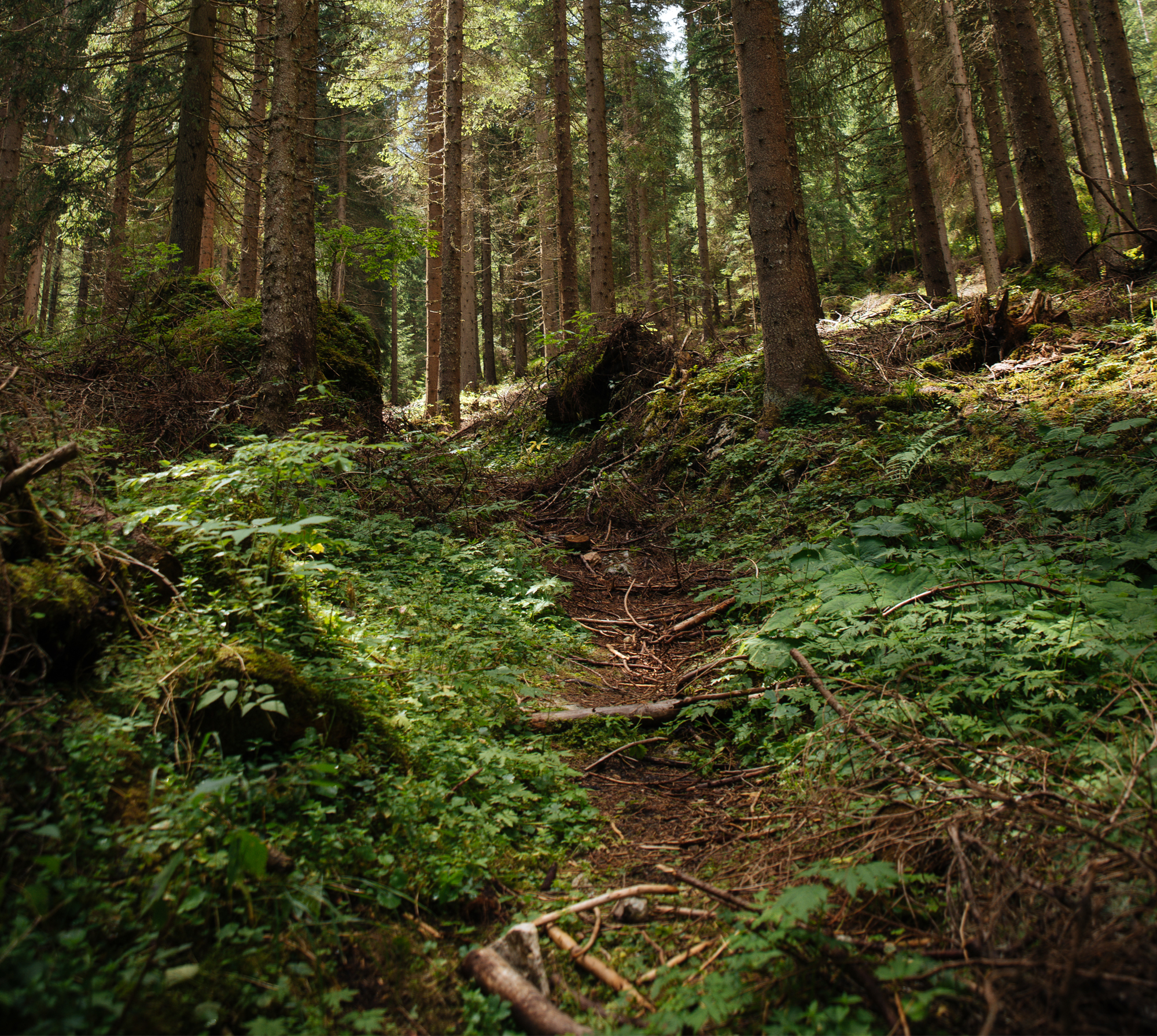
Weryfikacja modelu stateczności drzew na terenach zalewowych na przykładzie dębu Quercus robur L., sosny Pinus sylvestris L. i olchy Alnus glutinosa (L.) Gaertn.
Validation of a stability model for riparian forest trees: examples using pedunculate oak Quercus robur L., Scots pine Pinus sylvestris L. and black alder Alnus glutinosa (L.) Gaertn.
Autorzy
-
Tomasz Kałuża
Uniwersytet Przyrodniczy w Poznaniu, Wydział Melioracji i Inżynierii Środowiska,
Katedra Inżynierii Wodnej i Sanitarnej, ul. Piątkowska 94A; 60–649 Poznań
Fax +48 61 848 77 27, e-mail: tomasz.kaluza99@gmail.com
Abstrakt
A tree’s geometrical characteristics (diameter, trunk height, vertical and horizontal extent of roots) and the soil’s geotechnical properties (type and state of soil) determine the critical force required to cause uprooting. This article presents a method for the estimation of the critical force causing uprooting of a tree during high winds and flooding in riparian forests. The model was tested for forest stands of black alder, Scots pine and pedunculate oak. The force required to pull up various trees was measured, and results used as the basis for formulation and verification of a theoretical model describing the critical threshold value for uprooting.
| DOI | 10.2478/v10111-012-0013-5 |
|---|---|
| Source | Leśne Prace Badawcze (Forest Research Papers), 2012, Vol. 73 (2): 137–141 |
| Print ISSN | 1732-9442 |
| Online ISSN |
2082-8926 |
| Type of article |
Original research article |
| Original title |
Weryfikacja modelu stateczności drzew na terenach zalewowych na przykładzie dębu Quercus robur L., sosny Pinus sylvestris L. i olchy Alnus glutinosa (L.) Gaertn. |
| Publisher | Instytut Badawczy Leśnictwa, Sękocin Stary, Poland |
| Date | March, 2012 |
- Jelonek T., Pazdrowski W., Walkowiak R., Tomczak A. Model biomasy igliwia sosny zwyczajnej (Pinus sylvestris L.) wyrosłej w warunkach gruntów porolnych i leśnych
- Stefańska-Krzaczek E. Fitocenozy borów sosnowych na tle zmian klasyfikacji mezotroficznych siedlisk borowych na przykładzie Nadleśnictwa Bolesławiec
- Głowacka B., Bystrowski C. Możliwości zwalczania zwójek jodłowych Choristoneura murinana Hb., Zeiraphera rufimitrana H.-S. i Epinotia nigricana H.-S. w lasach Gór Świętokrzyskich
- Małecka M., Żółciak ., Sikora K., Sierota Z. Ocena występowania grzybni i owocników Phlebiopsis gigantea (Fr.: Fr.) Jülich w pniakach sosnowych po wykonaniu zabiegu ochronnego przed hubą korzeni
- Kałuża T. Weryfikacja modelu stateczności drzew na terenach zalewowych na przykładzie dębu Quercus robur L., sosny Pinus sylvestris L. i olchy Alnus glutinosa (L.) Gaertn.
- Jonczak J. Wpływ domieszki sosny w drzewostanie bukowym na intensywność wypłukiwania węgla, żelaza i glinu z poziomu organicznego i próchnicznego gleb bielicowo-rdzawych

